#10 – The cliffs of Moher – rise 120 meters (394 ft) above the Atlantic Ocean at Hag’s Head, and reach a maximum height of about 214 meters (702 ft) just north of O’Brien’s Tower. The cliffs boast one of Ireland’s most spectacular views and are probably the most famous cliff (if not rock formation) in the world. Not the tallest cliff on our list, but certainly a crowd favorite.
#9 – Vixía Herbeira – is a mountain range in north Spain known for it’s beautiful rock formations and hundreds of sheer cliffs…some small some large. This made our list not because of a single sheer drop, but for the tremendous views all along the coastal mountain. A must see! Find Beach House Rentals in Spain for your vacation!
#8 – Croaghaun (Irish: Cruachán) - is a mountain in County Mayo, Ireland. It has the highest cliffs in Ireland and the third-highest sea cliffs in Europe at 668 m. The most satisfying part of these cliffs lie in the fact that they are not reachable by car and you must either park at Keem beach and make the trek from there or park at the supply lake on the way to Keem bay, or go by boat on a rare calm day.
#7 – Los Gigantes - or “the Giants” is a resort town in Santiago del Teide residing on the west coast of the Canary Island Tenerife. The town is named after the Giant (literally) cliffs that make its spectacular coast line. Not to be mistaken for the cliffs of Moher, these rise from the sea to a height of 500-800 metres (1,640–2,625 ft) more than twice the size of #10 on our list. We seem to mention the Canary Islands a lot…and why not?
#6 – Cape Enniberg Cliff - extends 754 m above sea level, which makes it the second highest sea-cliff in Europe. Views from the water are (clearly) spectacular, but if you want to conquer this giant cliff, you’ll likely need an a trained local guide (especially if you intend to scale it from seaside). Normal hikers can only reach a certain height on a designated trail without a problem, and relentless fog can often be a problem. Regardless, this is one of the most spectacular sheer cliffs over water in all of Europe…and #6 (on our list) in the world.
#5 – Mitre Peak - is an iconic mountain in the South Island of New Zealand and is one of the most photographed peaks in the country. At over a mile tall (yup that’s right) it’s the tallest peak on our list. The name comes from the distinctive shape which resembles th mitre headwear worn by Christian bishops. While this may be the tallest peak on our list (as it’s the tallest seaside peak in the world), it may not have the most sheer “cliff” feature, so we’ve demoted it to #5. Still, however, its height alone is worthy of the placement.
#4 – Hornelen - is the highest sea cliff in Europe, and has been used throughout history as a landmark for naval navigation. While the horizontal distance from the summit to the sea shore is around 500 metres, it features sheer cliffs at the top and again at the base which put most single cliffs to shame. Probably one of the most beautiful spots in Norway, it proudly sits at #4 on our list of sea-side cliffs.
#3 – The Lion – or Mount Kimberly, gets it’s appropriate nick-name from its distinct shape which resembles a crouching lion. This (nearly) sheer cliff rises to over 1300 feet in a very short distance directly up from the famous Milford Sound and is certainly one of the most impressive seaside cliffs in the world. This is the second cliff from the Milford Sound (NZ) on our list, and while it’s not as tall as Mitre Peak, its cliff side makes it one of the most impressive cliffs in the world.
#2 – Kalaupapa – is located on the island of Molokai, it is one of the most impressive rock formations in the state of Hawaii (and probably the world). These 1000 m tall cliffs stretch for miles along the island plateau from end to end and overlook the peninsula village of Kalaupapa and the pacific ocean. With all there is to see in Hawaii, this one MUST make it to your list of cliffs. Helicopter ride anyone? See all of the many Hawaiian beach vacation rentals we have here!
#1 – Preikestolen - or Prekestolen, in english means Preacher’s Pulpit or Pulpit Rock, and also goes by the old local name of Hyvlatonnå. It is a massive cliff 604 metres (1982 feet) above Lysefjorden, opposite the Kjerag plateau, in Forsand, Norway. The top of the cliff is approximately 25 by 25 metres (82 by 82 feet) square and almost flat, and is a famous tourist attraction in Norway. The mere shape, size, and beauty of this cliff speaks for itself. It’s the largest straight down cliff into water in the planet and overlooks one of the most beautiful countries in the world. The unique shape also gives it brownie points for us as it sticks out as if to say: enjoy this view…
Honorable Mentions: Some that did not make our list, but deserve special mentions:
Cliffs of Dover – not impressive in size, but certainly beautiful (for obvious reasons)
Talus Cones, Isfjorden, Norway – Another not so large, but uniquely beautiful cliff side in Norway.

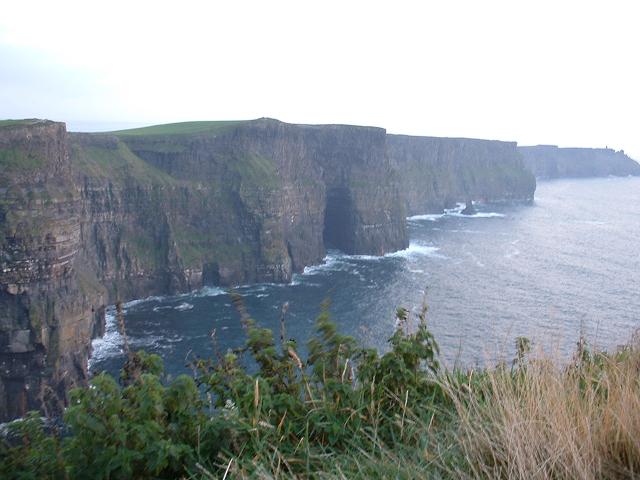
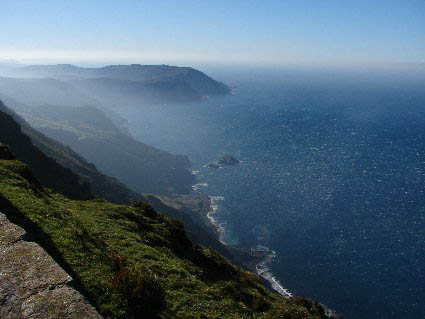
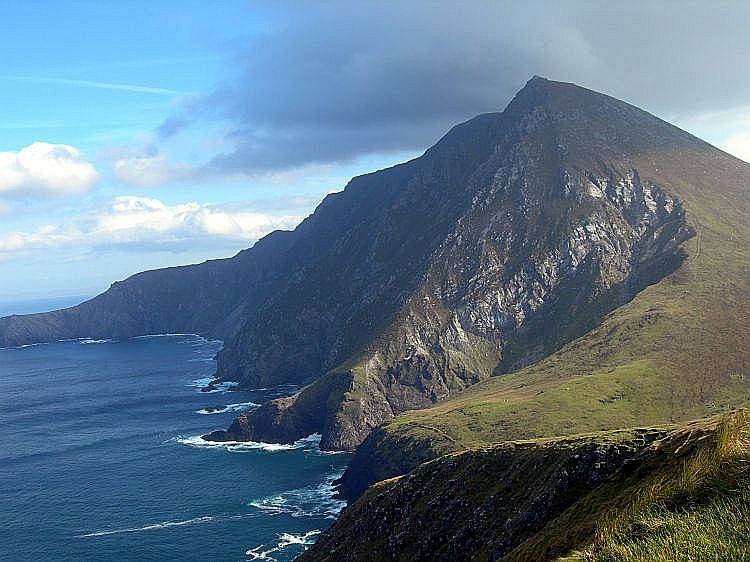
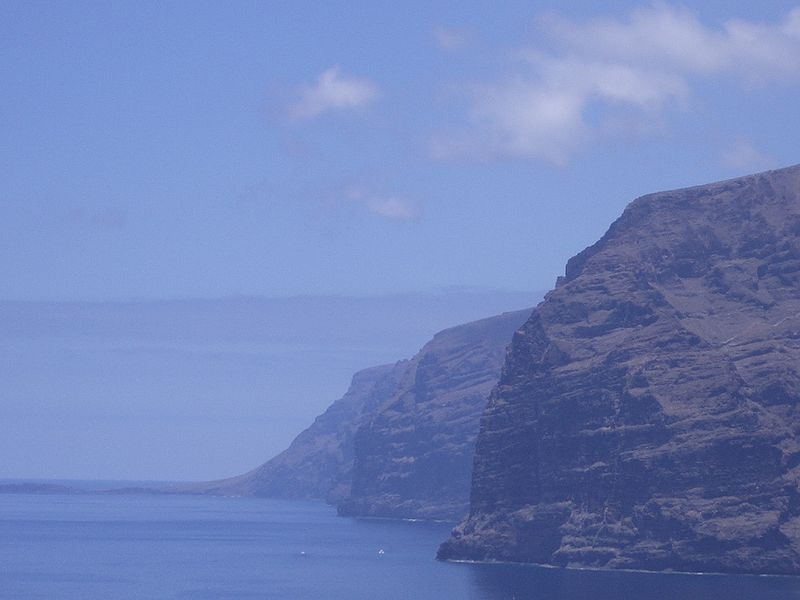
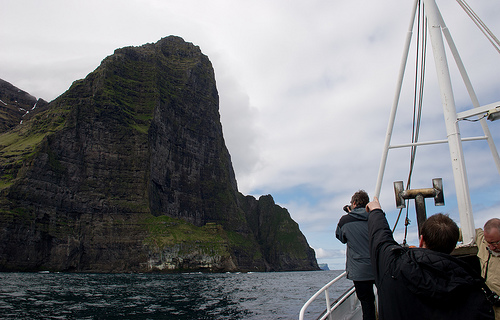
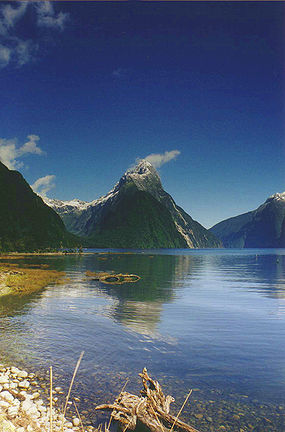
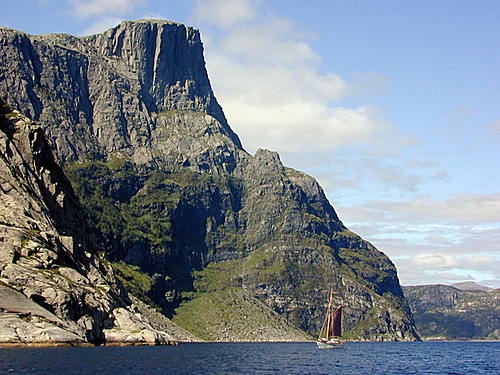
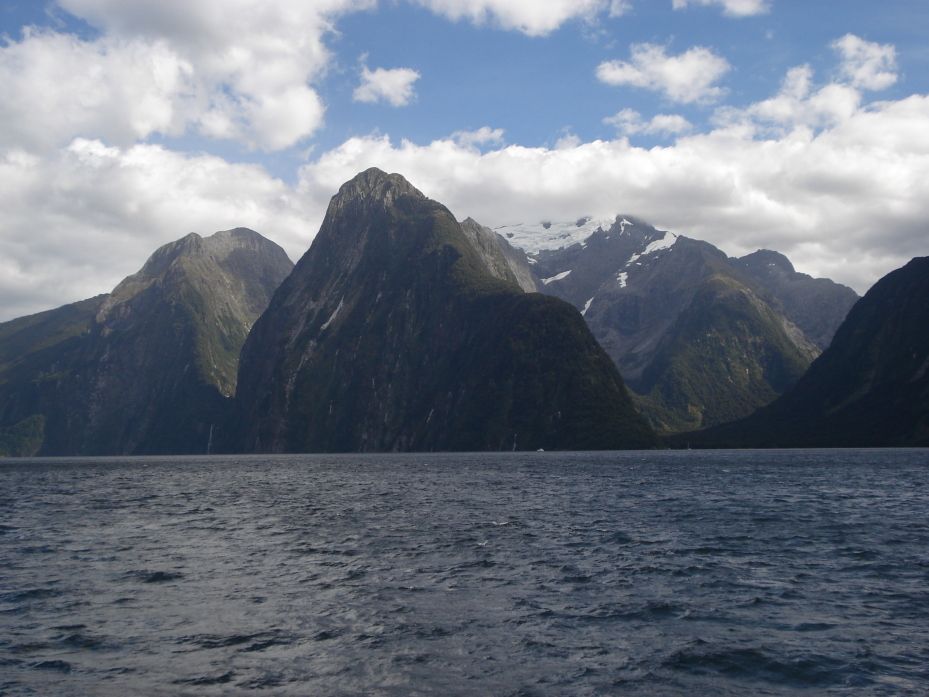
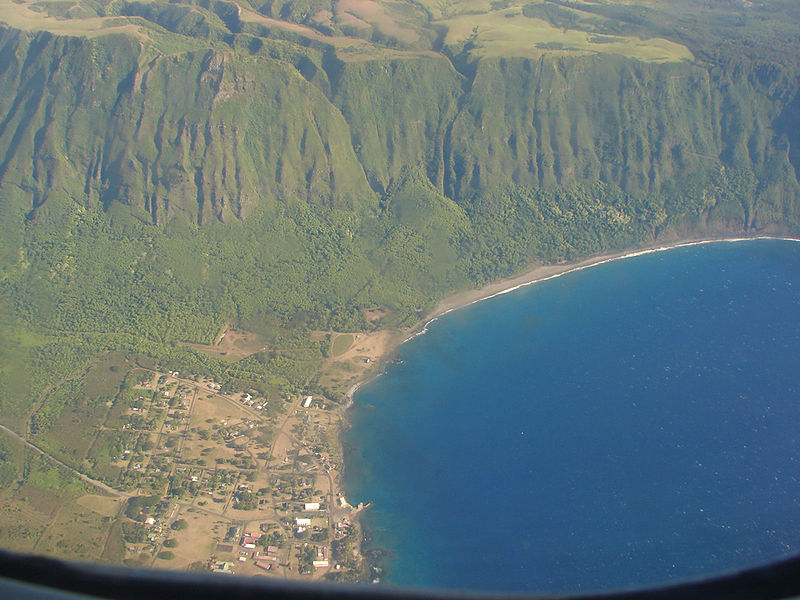
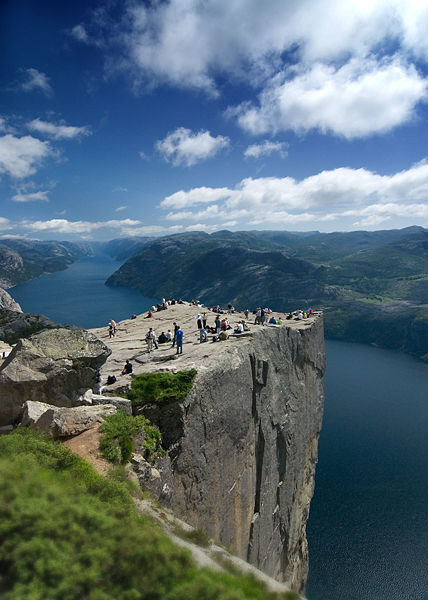
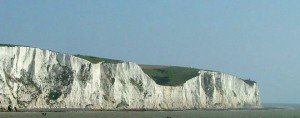
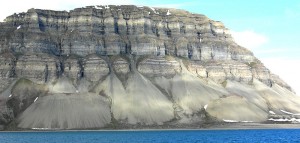
Thanks for informative post. I am pleased sure this post has helped me save many hours of browsing other similar posts just to find what I was looking for. I bookmarked this blog a while ago because of the useful content and I am never being disappointed. Keep up the good work Just I want to say: Thank you!